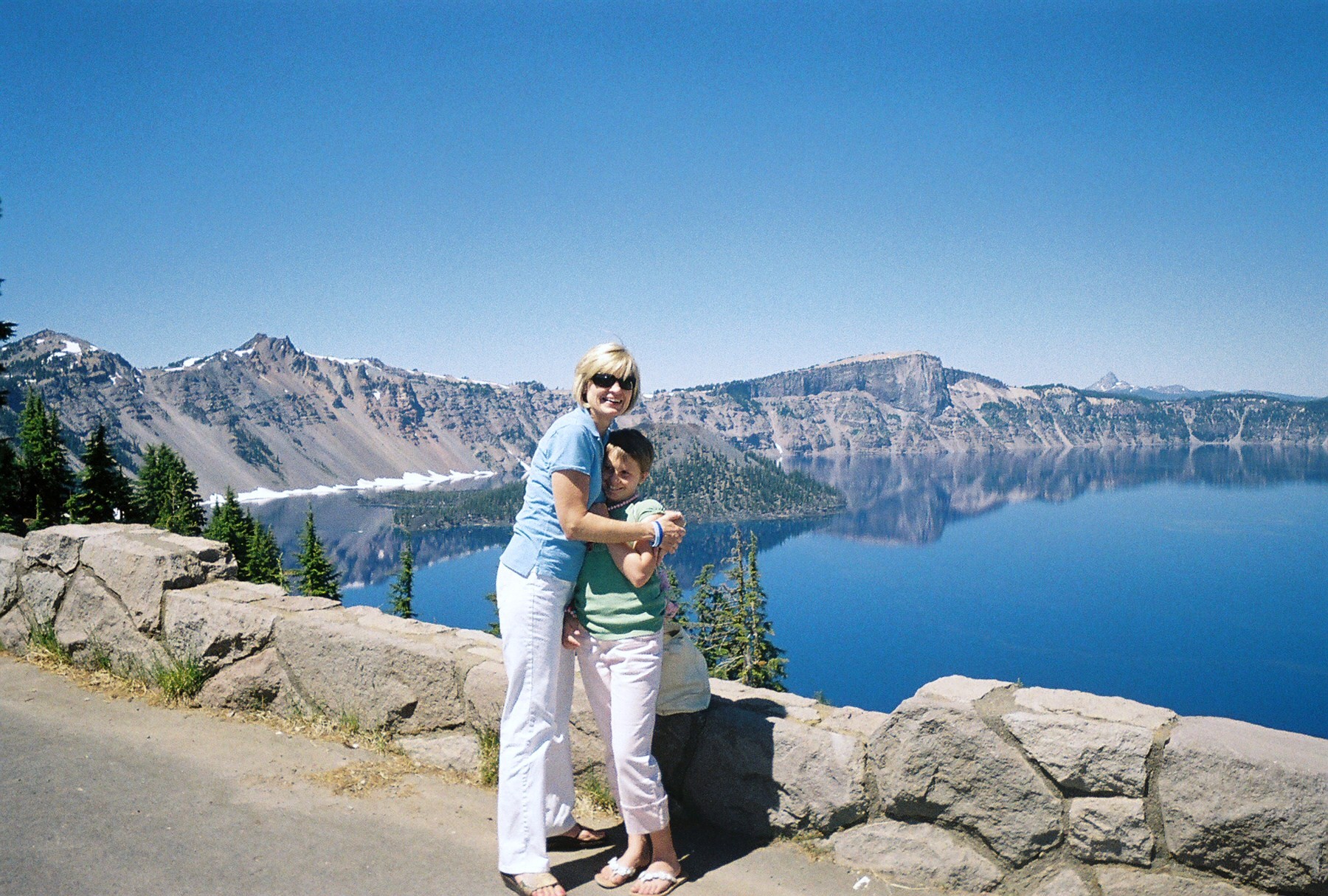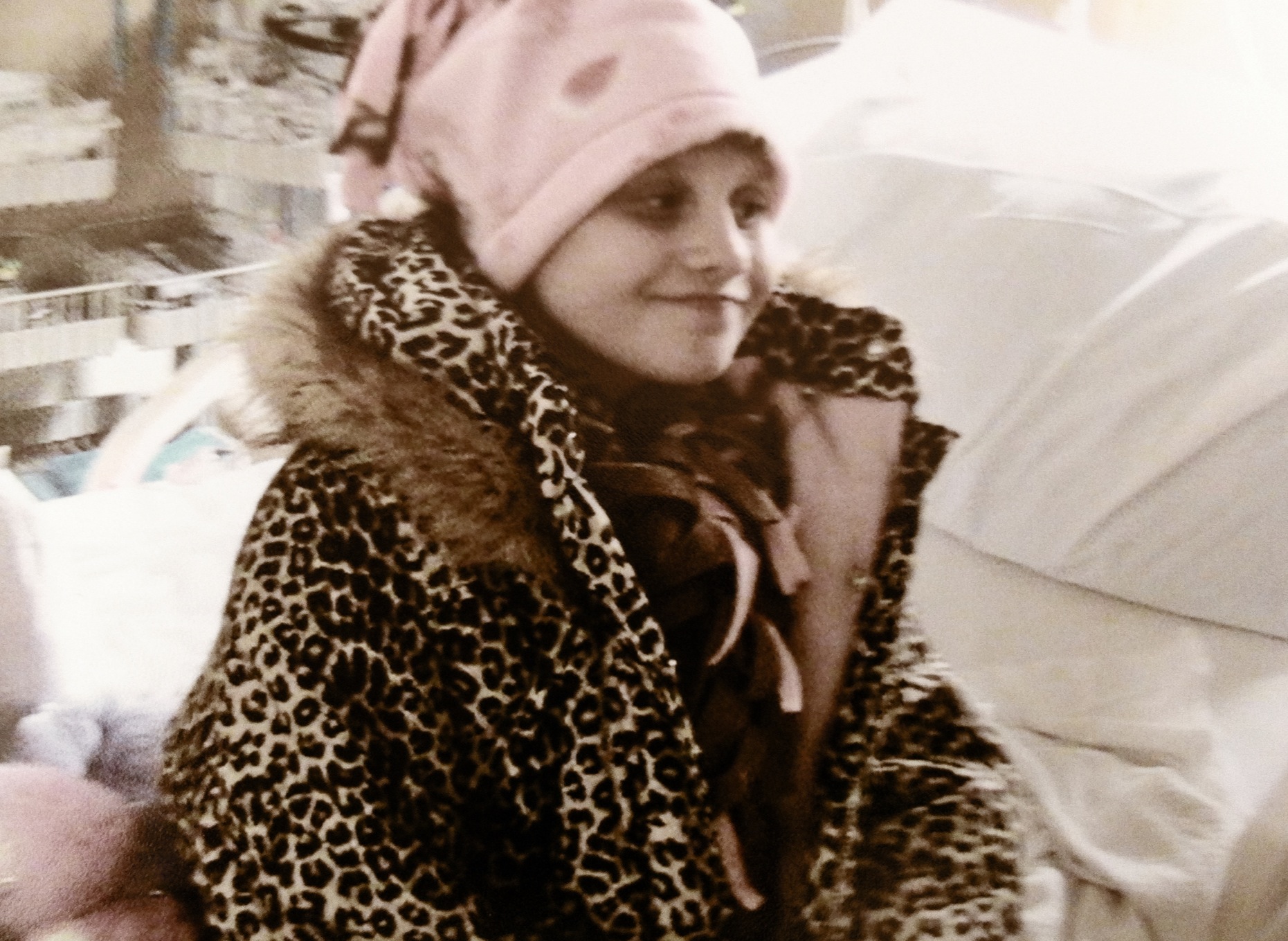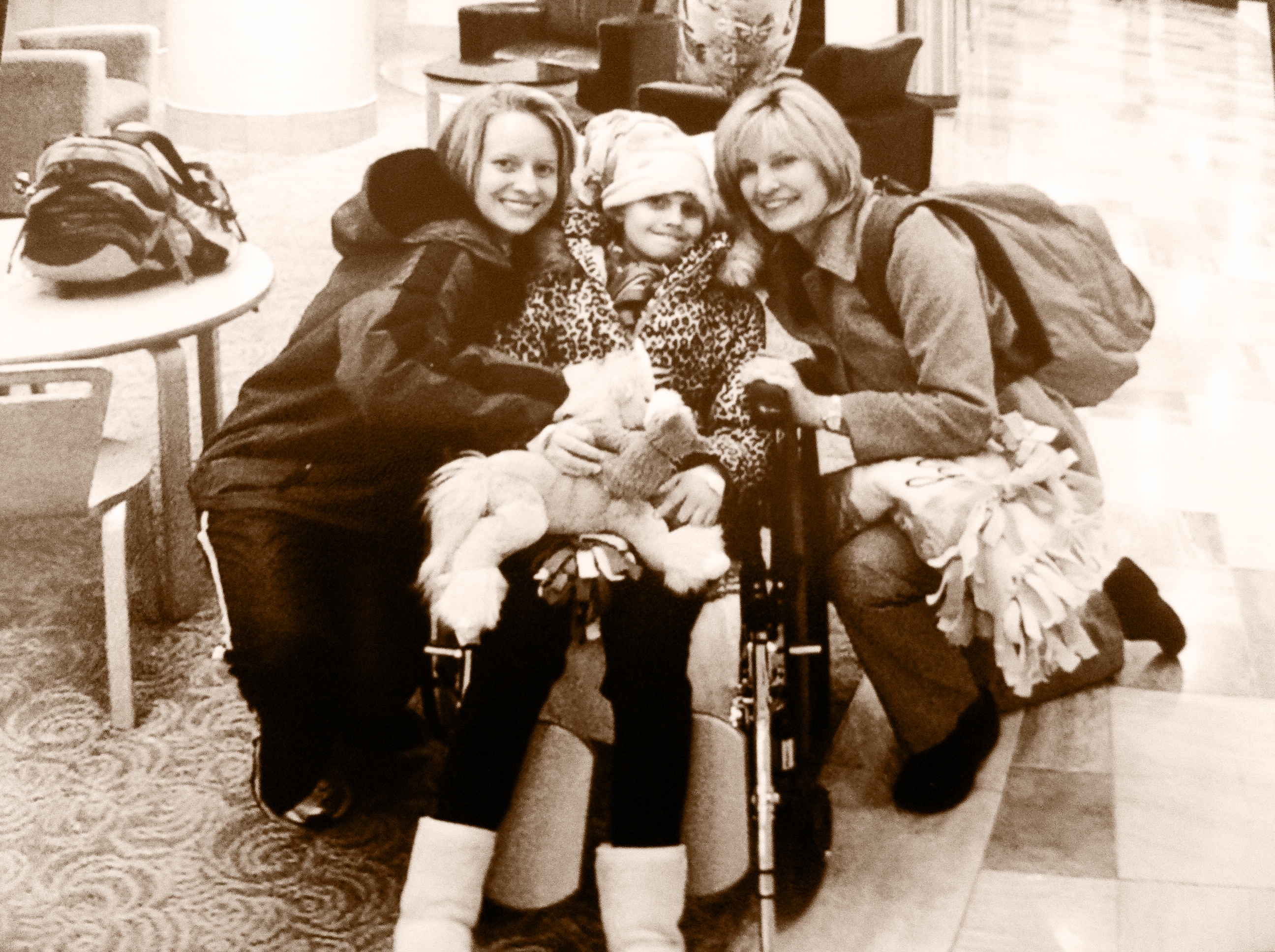Head over to www.runladylike.com, where Jesica – an ordinary runner on a mission to find her extraordinary – shares her “uncensored and often unladylike adventures of running and triathlon training.” Today, she featured Taylor’s incredible story of courage and my plan to run a half marathon blindfolded in her honor on her “Friday FITspiration” series.
I’m grateful to Jesica for sharing our story in such a beautiful way. I’m grateful we connected, and I can’t wait to continue following her running adventures. Later today, she’ll start a journey of her own as she takes part in the famous Hood to Coast race in Oregon, a state that enchanted me with its beauty when I visited it during the week of Taylor’s surgery 11 months before that first 5K in 2008. Best of luck to Jesica, and happy trails to all of my running readers! Don’t forget, you can join the Taylor’s Tale team at Thunder Road on Nov. 16. We’d love to have you!




